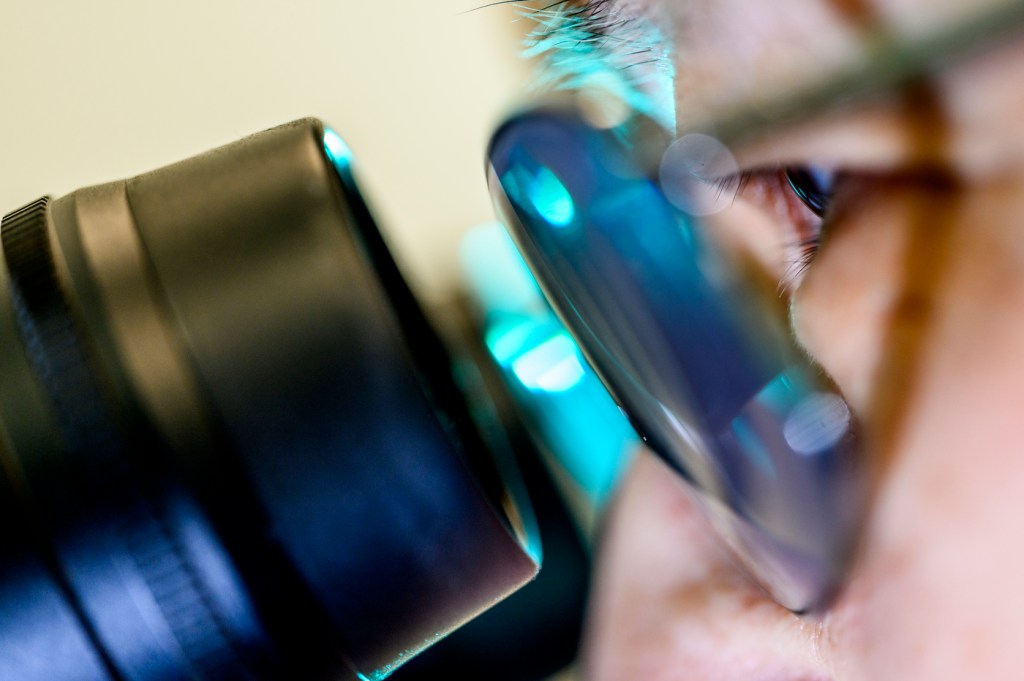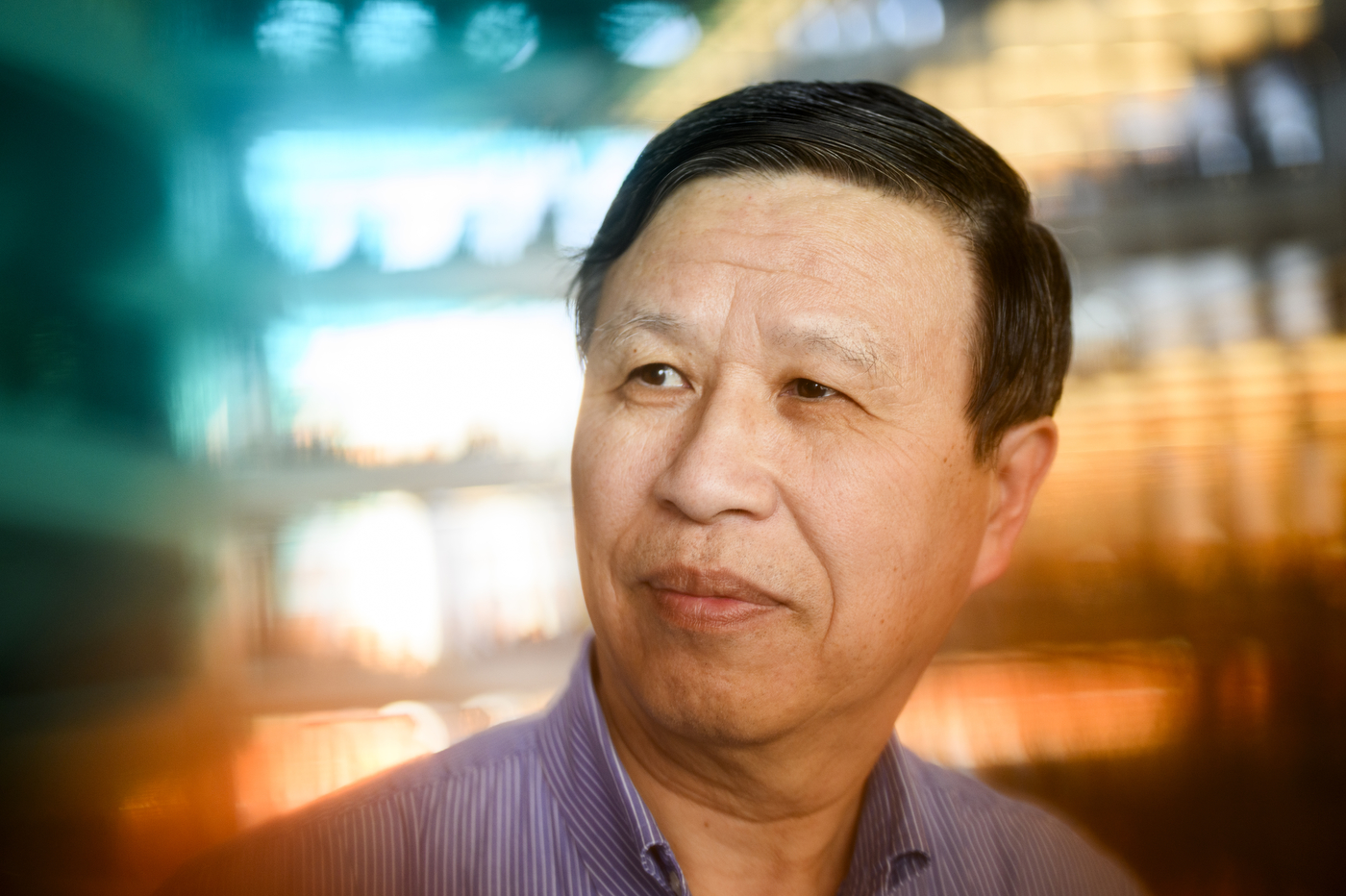Northeastern-led research reprograms skin cells to create human-compatible pig heart valve

Human skin cells have been reprogrammed into heart valve cells and then used to successfully transplant a pig heart valve into a rodent — the result of research led by a Northeastern University professor.
The new procedure — which neither uses a virus as a vector nor reprograms the skin cells first into pluripotent stem cells — may offer a new method for successfully transplanting organs in humans.
“This idea in theory can be applied to other tissue replacement organs because it is possible to induce specific tissue/organ cell types and seed them on decellularized animal (such as a pig) tissues/organ and thus engineer a functional tissue/organ,” says Ning Wang, professor of bioengineering at Northeastern.
Wang provided the original idea and guidance for the research, while the lab work was done by two labs led by Junwei Chen at Huazhong University of Science and Technology in China.
The work is highlighted in the journal Bioactive Materials.

About 30,000 Americans die each year when the aortic valve fails in their heart.
Editor’s Picks
But the current state-of-the-art approaches of using bioprosthetic or mechanical valves made of rubber and metal as a replacement have limitations, especially in patients who are still growing.
Using aortic valves from a pig — which has a similar heart structure as a human — is the new frontier, Wang says, as the valves can grow along with the patient.
But the human body does not take kindly to foreign parts … especially those from a swine. It will reject the pig heart valve because the valve has incompatible pig cells on its lining.
That’s where Wang and colleagues come in — creating human valve cells and using them to make the pig heart valve compatible.
The paper describes two major advances.
How to reprogram human skin cells
First, the researchers use both mechanical (matching the stiffness of the culture condition with the stiffness of the pig heart valve) and chemical environments to reprogram adult human skin cells — harvested from a consenting donor — into adult heart valve cells.
Their process is notable for several reasons.
The method didn’t use a virus to manipulate the cell DNA.
“Viruses we know can cause infection,” Wang says. “Even not-so-bad viruses, that don’t cause infection — they still can cause a tumor.”
The researchers also did not first reprogram the skin cells into pluripotent stem cells — something that Wang says can also cause tumors — but reprogrammed the skin cells directly into heart valve cells.
Finally, the process was efficient. Wang says that while most cell reprogramming is between 0.1% and 1% efficient. The researchers’ process can take 1 million cells and reprogram them into 66 million, Wang says.
How to make the pig heart valve compatible
The second major advance involved using these cells to make a pig heart valve compatible with a human.
This involved using enzymes to remove the cells — a process called “decellularize” — from the pig heart valve, as Wang says — essentially washing the pig heart valve of cells but retaining its structure.
The researchers then replenished the decellularized pig heart valve with the human heart valve cells.
The pig-heart-valve-skeleton-with-human-heart-valve-cells was then successfully transplanted into an immune-compromised rat. It lasted for two months, a duration that Wang says is equivalent to five human years.
The whole process — from the cell reprogramming to the transplantation — took 20 days.
The next step is to see whether the technique will work in larger animals, such as sheep or pigs, and eventually in humans.











